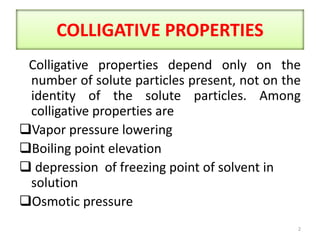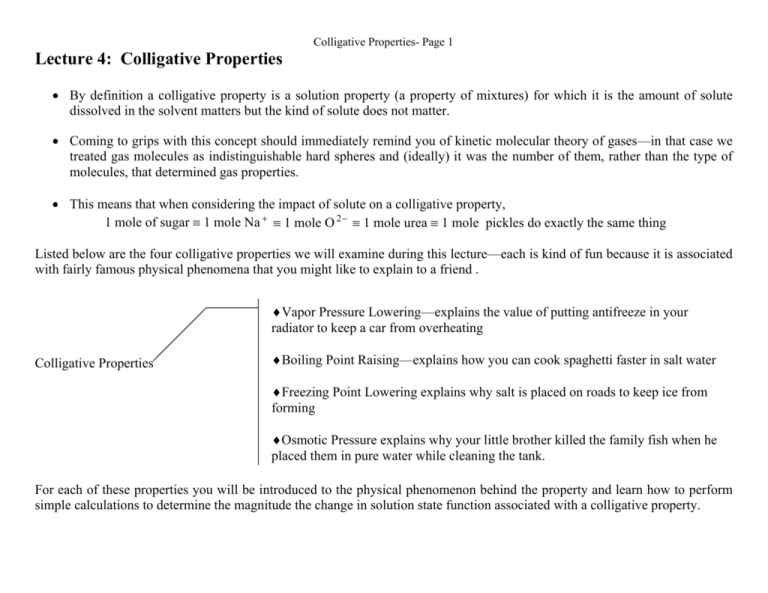Describe Four Colligative Properties of Solutions
O Design and describe your own investigation related to a moles lab activity. Distinguish between line and continuous emission spectra.

12 Colligative Properties Of Solution
In the seventeenth century Isaac Newton performed.

. Parts per million and parts per billion are used to describe concentrations of highly dilute solutions. This can be done experimentally if time permits or with mock data provided with the sheets. Other o Design your own Moles Lab Activity Sheets for other students to complete.
Submit a grading rubric for the activity. Sulfuric acid for example is sold as a 95 aqueous solution or 95 g of ceH_2SO_4 per 100 g of solution. The nature of light has been a subject of inquiry since antiquity.
Just as a rhinoceros is neither a dragon sometimes nor. George Wheland one of the pioneers of resonance theory used a historical analogy to describe the relationship between resonance forms and resonance hybrids. A supersaturated solution contains more solute at a given temperature than is needed to form a saturated solution.
Different methods for expressing concentration of solution molality molarity mole fraction percentage by volume and mass both vapour pressure of solutions and Raoults Law Ideal and non-ideal solutions vapour pressure composition plots for ideal and non-ideal solutions. Increased temperature usually increases the solubility of solids in liquids. Moles Lab Activity 4.
Describe the particle nature of light. What is a supersaturated solution. A medieval traveler having never before seen a rhinoceros described it as a hybrid of a dragon and a unicorn because it had many properties in common with both.
Chemistry Solutions Saturated and Supersaturated Solutions. Colligative properties of dilute solutions relative lowering of vapour pressure depression of. Use appropriate equations to calculate related light-wave properties such as period frequency wavelength and energy.
The labels on bottles of commercial reagents often describe the contents in terms of mass percentage. Describe the wave nature of light. For example the solubility of glucose at 25 C is 91 g100 mL of.


No comments for "Describe Four Colligative Properties of Solutions"
Post a Comment